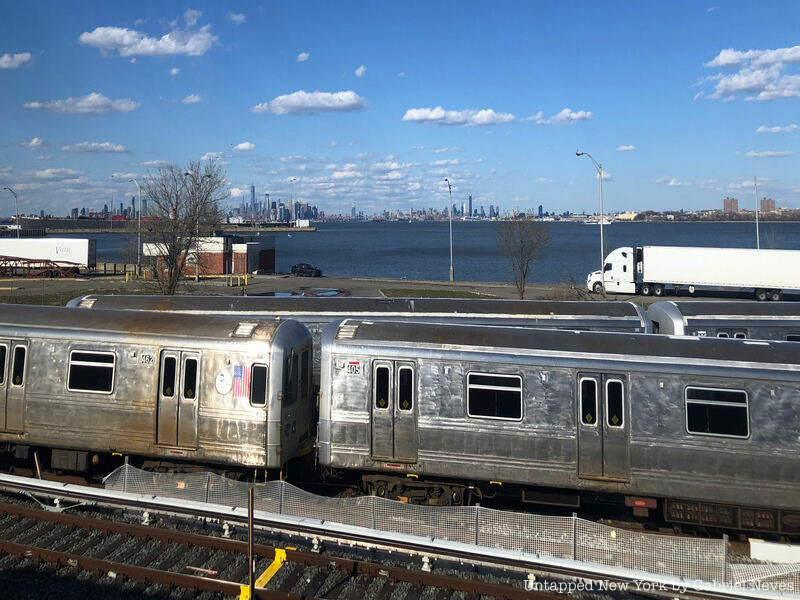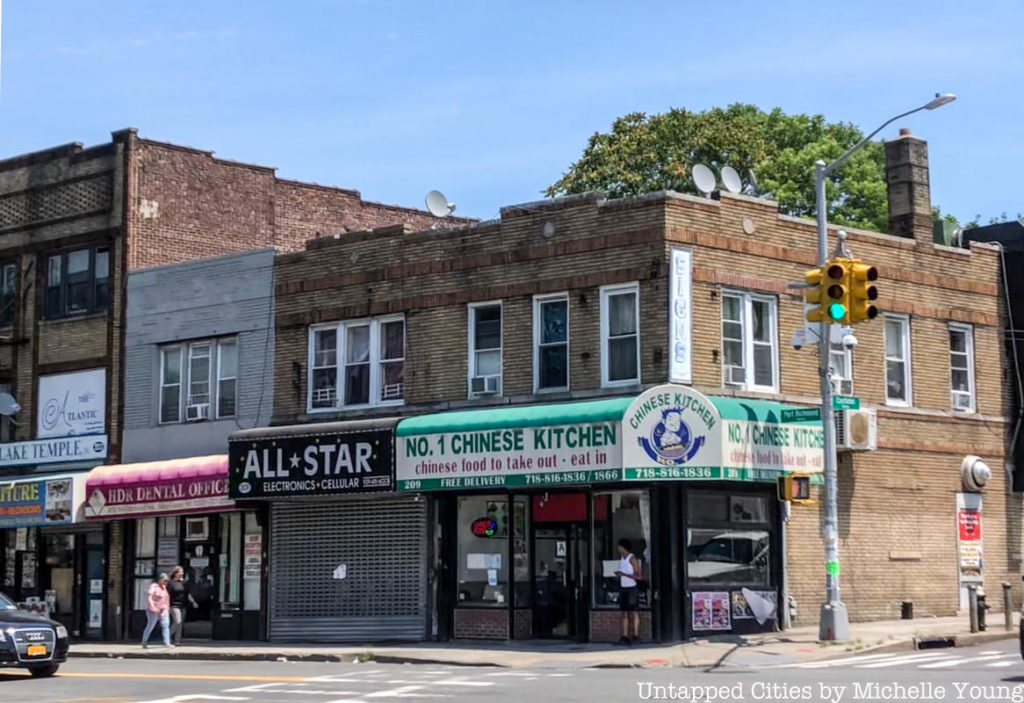Riding the Line – North Shore

The R44 multiple unit pulls out of St. George and makes its way toward its first stop in Tompkinsville. The area was named after former New York State Governor and U.S. Vice President Daniel D. Tompkins, the same man who was responsible for the housing developments in St. George. Before his contributions to the neighborhood, European explorers in the late 18th century would come ashore to replenish their water supplies.
Today, the area features a diverse ethnic population and is home to one of the largest Sri Lankan communities in the U.S. with around 5,000 residents. Housing in the neighborhood is also more urbanized than other residential communities on the island in terms of the number of apartment buildings and housing projects. This is also the only station other than St. George that requires passengers to pay a fare.

The next stop on the line is Stapleton, one of the oldest waterfront communities on Staten Island. American entrepreneur Cornelius Vanderbilt grew up on a farm in the area, which was eventually sold by the family at the start of the 19th century. William Staples and Minthorne Tompkins, the son of Daniel D. Tompkins, purchased the land and began laying out streets for the new neighborhood. The area became increasingly popular due to its commercial importance to the island, attracting a number of breweries, the construction of direct ferry service to Manhattan, and even a pro football team that played in the NFL for almost a decade. However, like many other communities along the bay, Stapleton was drastically affected by the construction of the Verrazzano-Narrows Bridge in 1964, shifting much of the economic development towards the central areas of the island.
The final stop along the northern shore of Staten Island is located in the neighborhood of Clifton. Much of the land was owned by the Vanderbilt family, but it eventually came under control by the Townsend family in the 1840s. The area was rather underdeveloped for the larger part of the 19th century, and it wasn’t until around the turn of the century that a residential community began to develop. The neighborhood gradually developed past the 1960s into a lower-income residential area at the start of the 1970s, which led to the sprouting of gang violence, rises in poverty, and unemployment. The area is known as well for its Liberian population, many of whom were immigrants fleeing the Liberian Civil War that occurred throughout the 1990s. Plenty of notable individuals spent much of their lives in Stapleton, including six of the nine members of the Wu-Tang Clan, Central Park and Prospect Park designer Frederick Law Olmsted (whose house still stands), and author Henry David Thoreau.





